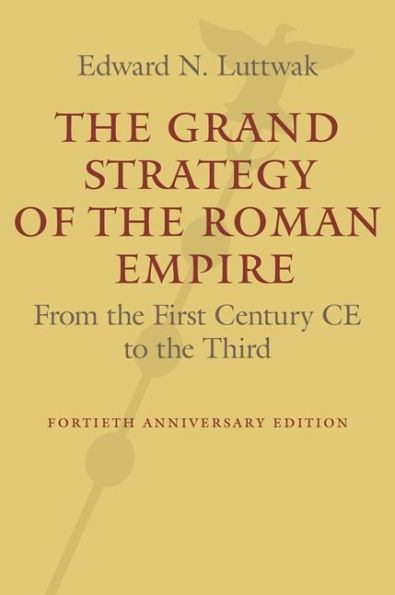5
1
9781421419459


$32.0

The Grand Strategy of the Roman Empire: From the First Century CE to the Third / Edition 2 available in Paperback

The Grand Strategy of the Roman Empire: From the First Century CE to the Third / Edition 2
- ISBN-10:
- 1421419459
- ISBN-13:
- 9781421419459
- Pub. Date:
- 05/18/2016
- Publisher:
- Johns Hopkins University Press
- ISBN-10:
- 1421419459
- ISBN-13:
- 9781421419459
- Pub. Date:
- 05/18/2016
- Publisher:
- Johns Hopkins University Press

The Grand Strategy of the Roman Empire: From the First Century CE to the Third / Edition 2
Paperback
32.0
In Stock

Product Details
| ISBN-13: | 9781421419459 |
|---|---|
| Publisher: | Johns Hopkins University Press |
| Publication date: | 05/18/2016 |
| Edition description: | revised and updated edition |
| Pages: | 296 |
| Sales rank: | 454,863 |
| Product dimensions: | 5.90(w) x 8.90(h) x 0.70(d) |
| Age Range: | 18 Years |
About the Author
From the B&N Reads Blog

